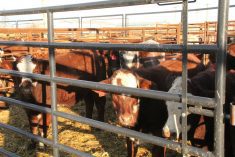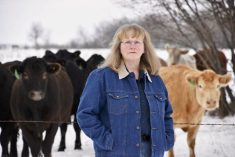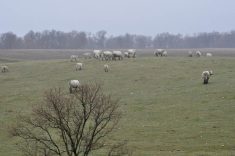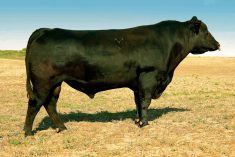Dry pastures, profitable cattle prices and herd liquidation likely caused producers to put more cattle in feedlots in October than a year earlier, analysts said Nov. 19.
The U.S. Agriculture Department’s monthly feedlot cattle report showed the addition of 2.504 million new cattle to feedlots last month, up 1.3 per cent year on year. Analysts on average had expected a slight drop in placements.
The USDA reported the total feedlot cattle supply as of Nov. 1 at 11.487 million head, up 3.2 per cent from a year earlier and the largest supply for that date in three years. Analysts had expected 2.8 per cent more cattle.
Read Also
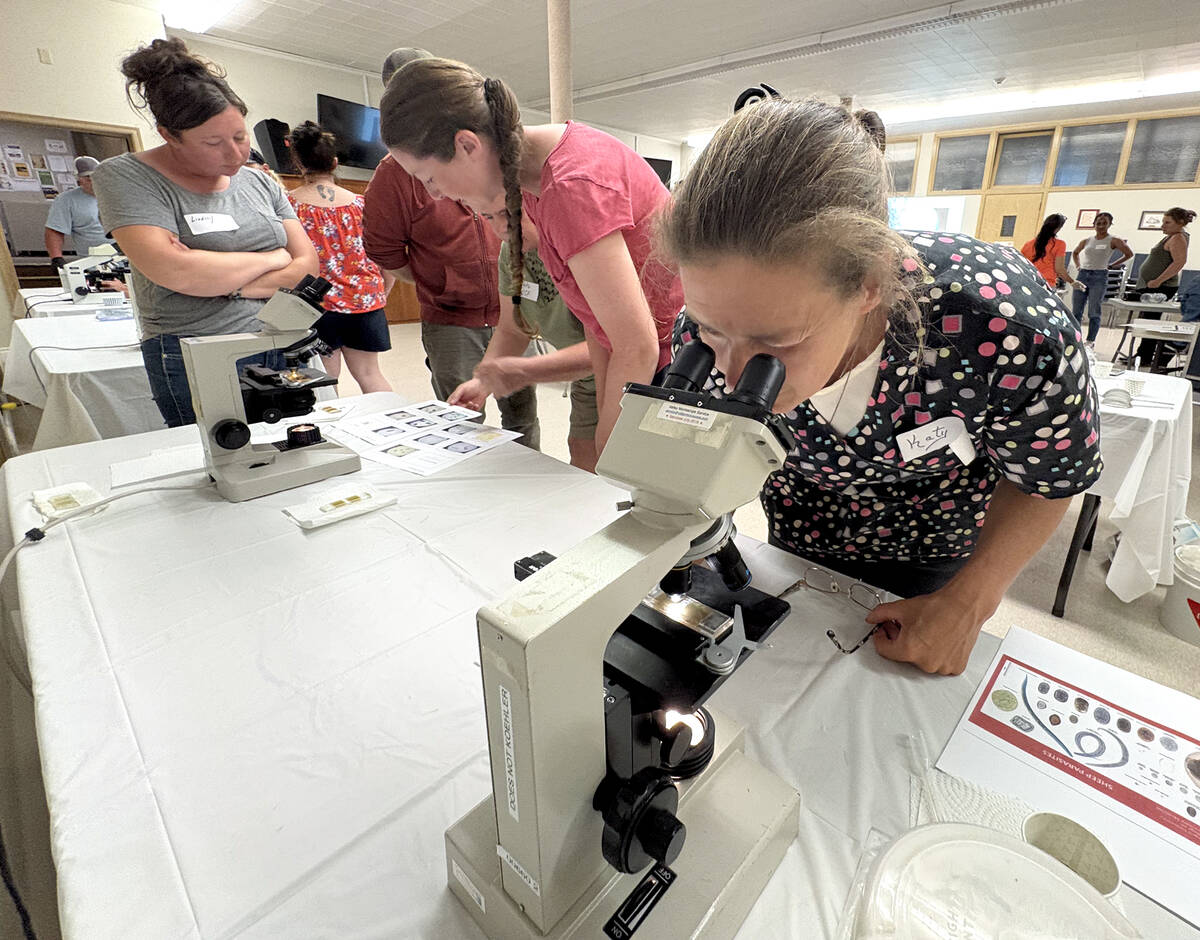
Smart deworming for sheep starts with individual fecal egg counts
Fecal egg count tests are one step to managing dewormer resistance and managing sheep parasites on Canadian sheep farms to maintain flock health.
Cattle marketings in October were 99 per cent of a year earlier, at 1.734 million, matching the average trade estimate.
“I’m surprised they placed that many cattle with the high grain prices,” said Dennis Smith, broker with Archer Financial.
Instead, cattle placements increased possibly due to poor pastures in the southwest and profitable cattle prices.
“They had to go into the feedlots because they had nothing else to eat,” Don Close, marketing director for the Texas Cattle Feeders Association, said in reference to the poor pastures in his state.
Placements in Texas, the largest cattle state, rose five per cent year on year in October to 640,000 head.
PROFITS DRIVE PLACEMENTS
Cattle prices were profitable at times this fall, plus the Chicago Mercantile Exchange cattle futures offered profitable hedges through early next year, said Don Roose, analyst at U.S. Commodities.
In October, cash cattle prices reached a seven-year high of $102.50 per cwt. Many producers used the profits to restock feedlots.
“There were tremendous opportunities to do risk management,” Roose said.
Roose had expected placements at 99 per cent and said the USDA’s 101.3 could be bearish for Chicago cattle futures.
High prices for cows and heifers also had ranchers rushing cattle to market rather than grazing them or enlarging breeding herds, said Rich Nelson, analyst at Allendale Inc. As a result, many of the heifers arrived in feedlots, he said.
“Placements will remain larger than last year for another two to three months due to these extra heifers that are not wanted back on the farm,” he said.






